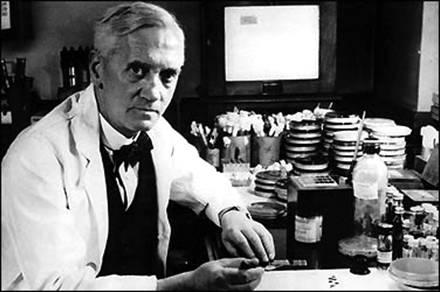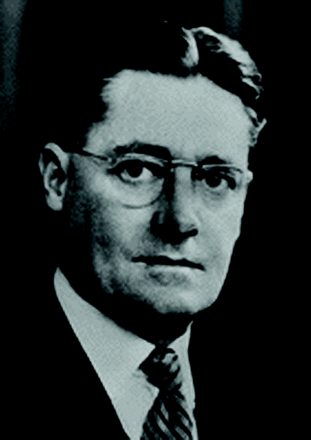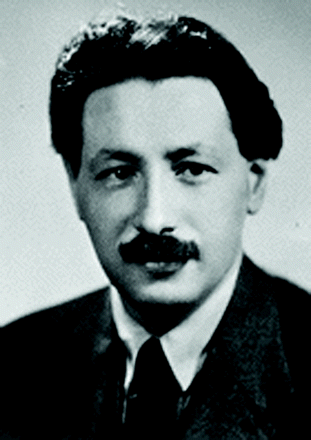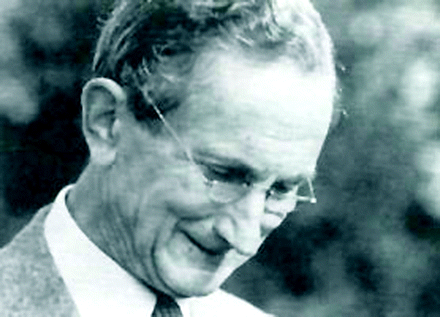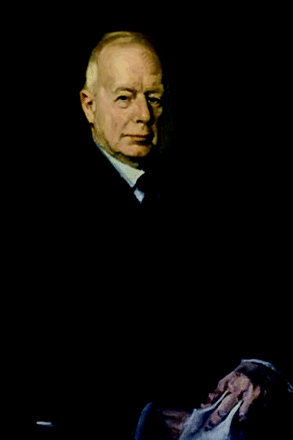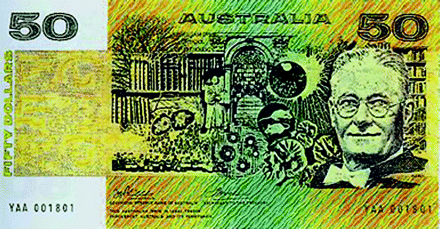Breaking the Mold: A Lesson in Perseverance
- Christie Carrico, PhD
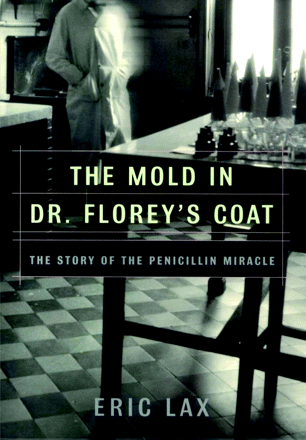
The Mold in Dr. Florey’s Coat: The Story of the Penicillin Miracle Eric Lax. New York: Henry Holt & Company, Inc. 2004, 307 pages. $25.00, ISBN: 0805067906
If you are like me, what you remember of the discovery of penicillin is that Alexander Fleming discovered the Penicillium mold growing on a dirty culture dish in his laboratory, and the rest, as they say, is history. Eric Lax’s The Mold in Dr. Florey’s Coat covers Fleming’s life and his famous discovery in a factual and entertaining way, debunking much of the myth that surrounds the discovery of one of the wonder drugs of the 20th century. And this is just chapter one. Although Fleming discovered penicillin and published an account of it in 1929, that work went largely unnoticed by the scientific community, and Fleming himself did relatively little with penicillin after that. Coat covers the rest (and what would turn out to be the most important part) of the penicillin story: how the drug was developed, tested in the clinic, and ultimately produced in large enough quantities to be made available to the public. Although recognized with Fleming by the Nobel Committee in 1945 for their achievements in delivering the miracle drug that was penicillin, Howard Florey’s and Ernst Chain’s contributions are often underappreciated by the world at large. Florey, Chain, and Norman Heatley, working at Oxford before and during World War II, were the individuals responsible for growing the mold and purifying penicillin, proving its efficacy in treating infections in humans, and finding a company that would produce and market the drug.
Howard Florey was an Australian who came to Oxford in 1922 as a Rhodes Scholar. Although the book focuses on his academic career at Oxford, his personal life is not ignored as that appears to have shaped much of his drive and character, both of which would be needed to bring penicillin to market. Much of his professional career seems to have been spent in raising money to support his department. The funding sources and systems at that time were multifaceted and arcane, and one’s ability to get funding depended more on diplomacy than anything else. This ultimately served Florey well as many of the contacts he had made early on were ones he was able to call upon when he needed to find a sponsor for penicillin.
Ernst Chain, half-German and half-Russian, came to England from Germany in 1933. With a stipend from the Liberal Jewish Synagogue and a reference from one of his thesis readers (J.B.S. Haldane), he obtained a position at Cambridge, working with Frederick Gowland Hopkins. He was recruited from there to Oxford by Florey as a biochemist to complement work ongoing in bacteriology in Florey’s Department of Pathology.
Norman George Heatley, the least known and least recognized member of this troika, was English and an expert in microbial chemistry methods. Both he and Chain worked at Cambridge under Hopkins, and Heatley was recommended to Florey by Chain to assist in their work on the carbohydrate metabolism of cancerous tumors. Subsequently, he became invaluable to the penicillin team for his ability to define the conditions under which the tempermental mold would grow. Heatley, in fact, was the person that Florey brought to America with him to work with the American pharmaceutical companies that were finally convinced by the US government to produce penicillin.
All three of these individuals had strong but very different personalities, which didn’t always lend themselves to working well with others. By the end of the book, in fact, we find they are hardly speaking to one another. Heatley has perhaps the best reason for this because he was not included in the Nobel Prize, despite the fact that without his tireless experimentation to find an appropriate way to grow penicillin in vitro, there would never have been enough penicillin to test clinically and many thousands of soldiers and others would have died.
The title of the book comes from the fact that fearing imminent invasion by the Germans, Howard Florey and his team rubbed Penicillium mold spores into their clothes so that if necessary, they could destroy their laboratory cultures to keep them out of the hands of the Germans and yet still be able to have a source to produce penicillin at a later date. There are many anecdotes in the book about the early patients treated with penicillin broth and the miraculous cures it affected—and the equally heart-breaking deaths when there was not enough of the drug for follow-up treatments. The inability to produce sufficient, clinically useful amounts of penicillin haunted Florey almost as much as his fear of it falling into the hands of the Nazis.
These fears drove Florey, accompanied by Heatley, to travel in secret to the US in 1941 to attempt to find sponsors to make large quantities of penicillin. They visited many pharmaceutical companies without success until the intervention of Alfred Newton Richards, Chair of the US Committee on Medical Research and Development. This committee was newly created to handle “research on scientific and medical problems relating to national defense,” as the US prepared for its impending full-scale entry into World War II. Florey had worked with Richards in 1926, and Richards had great respect for Florey’s talent and integrity. Without Richards’ influence, it is questionable whether the US would have gotten involved in the production of penicillin. With his influence, Merck, Lederle, Squibb, and Pfizer were all persuaded that cooperation would be in the national interest. The first production efforts in the US were started in a US Department of Agriculture laboratory but subsequently moved, along with Norman Heatley, to Merck.
To me, the most interesting part of the book covered the war years. The creativity exhibited by these British researchers to conduct their research in the virtual absence of funding and with the omnipresent fear of air raids is inspiring. I found it difficult to put the book down as I followed Florey’s efforts to find a sponsor for penicillin, even though I know full well that the story had a happy ending.
The last part of the book follows the post-war careers of Chain, Florey, and Heatley and their escalating alienation from one another. Chain went to Italy in 1947 to give some lectures, and his thoughts on the research and production of penicillin prompted the Italian government to invite him to create and direct a microbiology research center and a penicillin pilot plant. He remained in Italy for seventeen years.

Despite being excluded from the Nobel Prize, Heatley continued to work at Oxford after the war until his retirement in 1976. He was knighted and subsequently given the first honorary Doctor of Medicine Degree ever given by Oxford University. Florey became provost of Queen’s College, was president of the Royal Society, was knighted Baron Florey of Adelaide and Marston, and appointed a member of the Order of Merit, one of the United Kingdom’s highest honors.
This book was recommended to me by Joan Vernikos, and I want to thank her for a fascinating and enlightening read. For those interested in the history of medicine, or just in an entertaining trip back through history, I highly recommend The Mold in Dr. Florey’s Coat.
Eric Lax has written several books including Woody Allen, A Biography. His work appears in the New York Times Magazine, Vanity Fair, Esquire, Atlantic Monthly, and Life.
- © American Society for Pharmacology and Experimental Theraputics 2006

